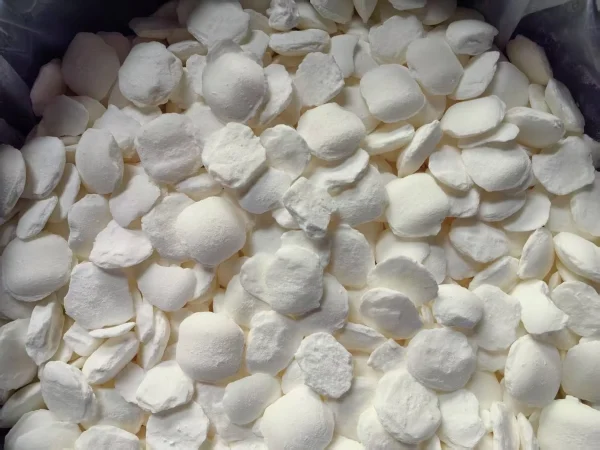
Introduction
In the gold mining industry, the cyanidation process is widely used for extracting gold from gold concentrates. Sodium cyanide plays a crucial role in this process as it reacts with gold to form soluble gold cyanide complexes, which can then be further processed for gold recovery. However, the high consumption of sodium cyanide not only inflates production costs but also raises significant environmental concerns due to cyanide's toxicity. Therefore, discovering effective ways to cut down Sodium Cyanide usage in the gold leaching process holds great significance for both economic and environmental reasons.
Factors Affecting Sodium Cyanide Consumption
Mineralogy of Gold Concentrate
The composition of gold concentrate has a profound impact on Sodium cyanide consumption. Minerals like pyrite, pyrrhotite, chalcopyrite, and other sulfide minerals can react with cyanide and oxygen during leaching. Pyrite, for example, can be oxidized in the presence of oxygen and cyanide, leading to the formation of various iron-cyanide complexes and consuming cyanide in the process. Moreover, copper minerals can also cause substantial cyanide consumption. Copper forms stable cyanide complexes, and when there’s a high copper content in the leaching solution, the sodium cyanide concentration needs to be increased to maintain gold’s leaching activity, further escalating cyanide use.
Leaching Conditions
pH Value
The pH of the leaching slurry is a critical factor. Cyanide exists in different forms at varying pH levels. At low pH, cyanide can hydrolyze to form hydrogen cyanide, a volatile and harmful substance. To prevent this, the leaching system's pH is usually kept high, typically around 10 - 11.5. But an overly high pH can negatively affect the leaching process, such as reducing the activity of certain enzymes or causing the precipitation of metal ions, which might impact leaching efficiency and increase cyanide consumption.
Aeration and Oxygen Supply
Adequate oxygen supply is vital for gold oxidation and the formation of gold-cyanide complexes. Insufficient aeration or low oxygen levels can slow down the leaching reaction, resulting in incomplete extraction and potentially forcing the addition of more cyanide to achieve better results. On the other hand, excessive aeration can lead to the unnecessary oxidation of other minerals in the concentrate, also driving up cyanide consumption.
Strategies to Reduce Sodium Cyanide Consumption
Pretreatment of Gold Concentrate
Oxidative Pretreatment
Oxidative pretreatment methods can eliminate or modify cyanide-consuming minerals in gold concentrate. Roasting is a common approach, where heating the concentrate in the presence of oxygen oxidizes sulfide minerals and transforms iron-containing minerals into more stable forms, reducing their reactivity with cyanide during subsequent leaching. However, roasting has drawbacks like high energy consumption and potential environmental pollution. Bio-oxidation, using microorganisms such as Thiobacillus ferrooxidans, is a milder, more energy-efficient, and eco-friendlier alternative. It selectively oxidizes sulfide minerals, effectively removing those that consume cyanide and lowering the sodium cyanide requirement in leaching.
Flotation for Copper Removal
When gold concentrate contains a significant amount of copper minerals, flotation can be used as a pretreatment step. By separating copper minerals from the gold-bearing fraction, it significantly reduces cyanide consumption caused by copper-cyanide complex formation. The remaining gold-rich concentrate can then undergo cyanide leaching with a lower sodium cyanide dosage.
Optimization of Leaching Conditions
Controlling pH
Maintaining an appropriate and stable pH is essential. Lime is commonly used to adjust the pH of the leaching slurry. It not only raises the pH to prevent cyanide hydrolysis but also helps reduce cyanide consumption by influencing the leaching rate of copper and preventing the formation of certain cyanide-consuming compounds. However, the amount of lime must be carefully controlled, as excessive lime can cause the precipitation of beneficial metal ions or increase slurry viscosity, hindering reactant diffusion. Experimental research shows that adding about 1 - 2 kg/t of lime to adjust the pH to around 10.5 - 11.5 often achieves good results in reducing cyanide consumption while maintaining high gold leaching rates.
Optimizing Aeration
To ensure efficient gold leaching with minimal sodium cyanide, the aeration rate needs optimization. Most gold cyanidation plants use low-pressure, oil-free air compressors for air supply. Techniques like installing a small-hole hood at the end of the air-supply pipe to create numerous small-diameter bubbles can increase the contact area between oxygen and the leaching slurry, enhancing gold oxidation efficiency and reducing unnecessary cyanide consumption. Installing a check valve to prevent air backflow also stabilizes the aeration system. Adjusting the aeration rate according to the concentrate's characteristics and leaching conditions helps maintain an optimal oxygen concentration in the slurry, promoting gold leaching and cutting down cyanide use.
Use of Additives
Lead-Based Additives
Adding lead-based additives, such as lead nitrate, before cyanide leaching can decrease sodium cyanide consumption. Lead ions react with impurities like sulfide ions in the gold concentrate to form insoluble precipitates, reducing their interference in the leaching process and cyanide consumption. For example, in leaching gold ores with high sulfide mineral content, adding 300 - 600 g/t of lead nitrate along with alkali pretreatment for 2 - 3 hours can reduce sodium cyanide consumption from 2500 - 3000 g/t to 1200 - 1500 g/t and increase the gold leaching rate by 2% - 4%.
Alternative Lixiviants or Additives
Certain alternative lixiviants or additives can be used with cyanide to reduce overall cyanide consumption. Glycine, a non-toxic, recyclable, and biodegradable amino acid, is one such option. In some cases, glycine-based leaching technology has achieved significant cyanide reduction while maintaining gold recovery rates similar to traditional cyanidation methods. Adding specific surfactants can also improve the wettability of gold particles and the diffusion of reactants in the leaching slurry, potentially helping to reduce sodium cyanide consumption to some extent.
Conclusion
Reducing sodium cyanide consumption in the gold concentrate leaching process is a complex yet crucial task. By understanding the factors influencing cyanide consumption and implementing strategies like pretreatment, optimizing leaching conditions, and using additives, significant reductions in sodium cyanide usage can be achieved. This benefits gold mining enterprises economically by cutting production costs and helps mitigate the environmental risks associated with cyanide use. Continued research and innovation in this area are expected to yield more efficient and environmentally friendly gold extraction processes in the future.
- Random Content
- Hot content
- Hot review content
- Flexible Customer and Supplier Relations Specialist (Location: Thailand)
- IPETC 95%Metal sulfide mineral collector Z-200
- High-strength Shock tube(VOD≧2000m/s)
- Shock Tube Detonator
- Potassium Permanganate – Industrial Grade
- Sodium Thioglycolate / Sodium Mercaptoacetate ≥ 20%
- Citric acid-Food Grade
- 1Discounted Sodium Cyanide (CAS: 143-33-9) for Mining - High Quality & Competitive Pricing
- 2Sodium Cyanide 98% CAS 143-33-9 gold dressing agent Essential for Mining and Chemical Industries
- 3Sodium Cyanide 98%+ CAS 143-33-9
- 4Anhydrous Oxalic acid 99.6% Industrial Grade
- 5Oxalic acid for mining 99.6%
- 6Soda Ash Dense / Light 99.2% Sodium Carbonate Washing Soda
- 7Reagent Grade/Industrial Grade Hydrochloric Acid min.31%
- 1Sodium Cyanide 98% CAS 143-33-9 gold dressing agent Essential for Mining and Chemical Industries
- 2High Quality 99% Purity of Cyanuric chloride ISO 9001:2005 REACH Verified Producer
- 3 High-Quality Sodium Cyanide for Leaching
- 4Powdery emulsion explosive
- 5Industry Grade Electron grade 98% Sulfuric Acid H2SO4 Sulphuric Acid Battery Acid Industrial Sulfuric Acid
- 6Colloidal emulsion explosive
- 7sodium hydrosulfide 70% flakes used Mining Industry

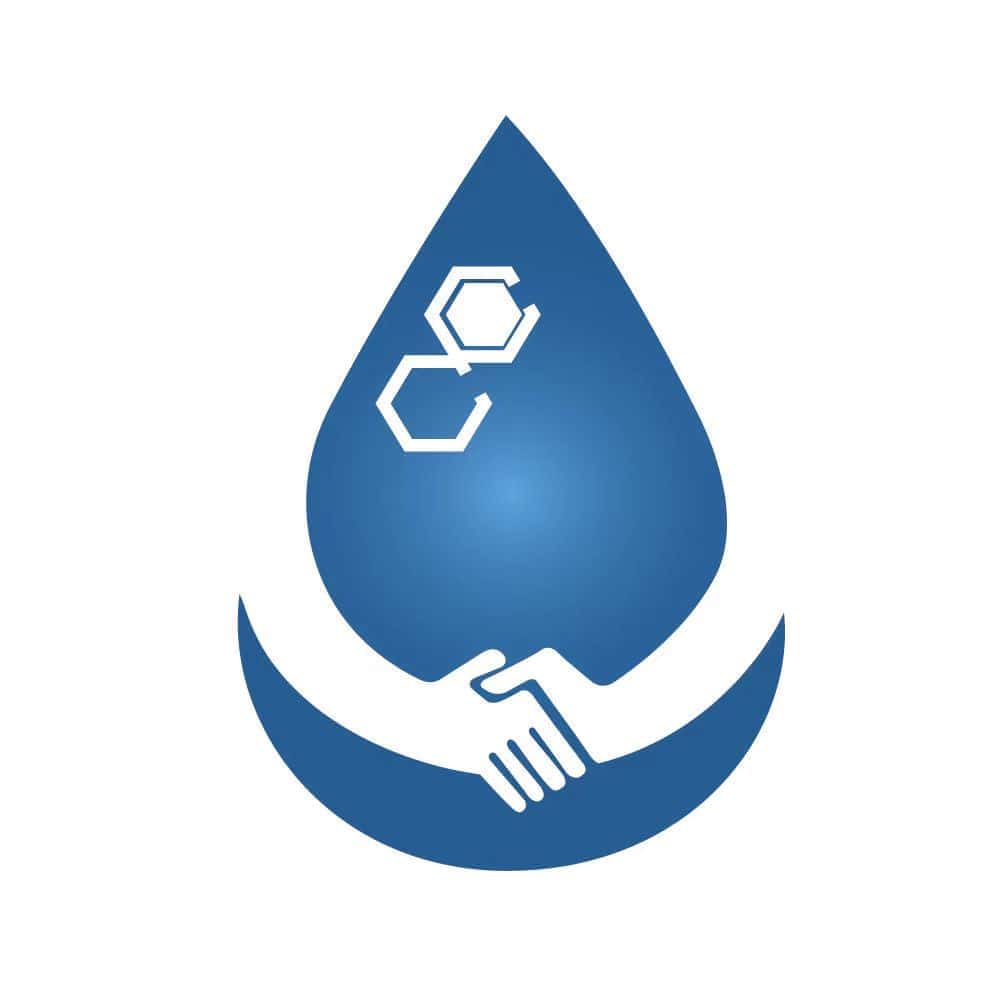

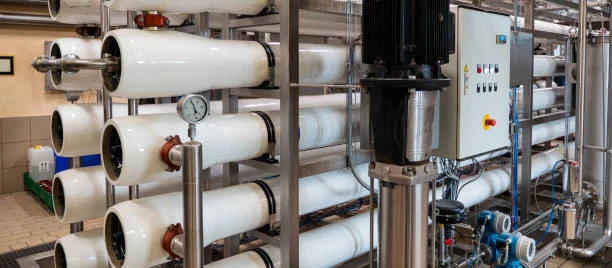


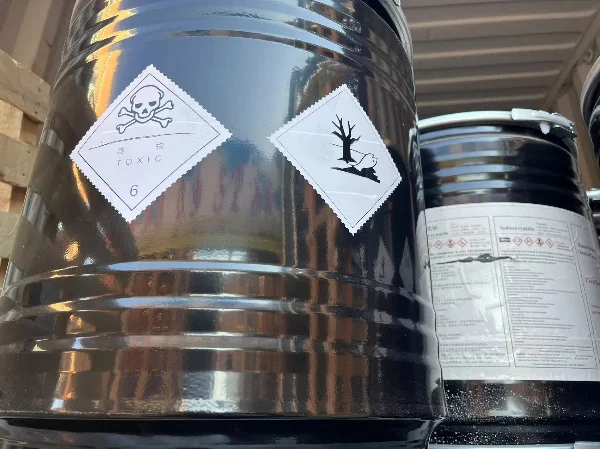
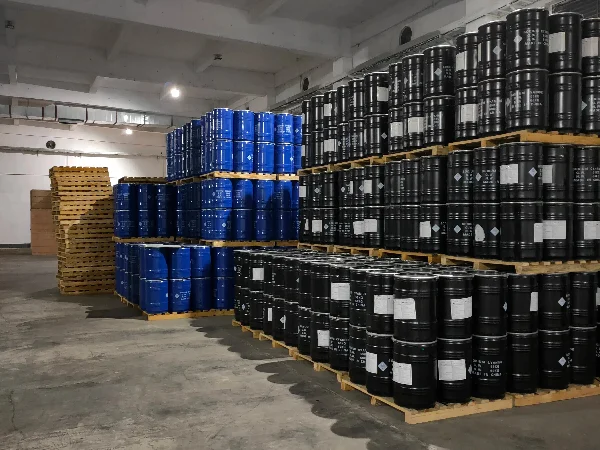
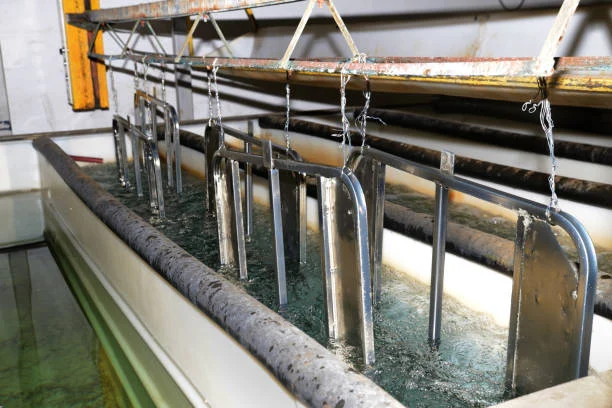
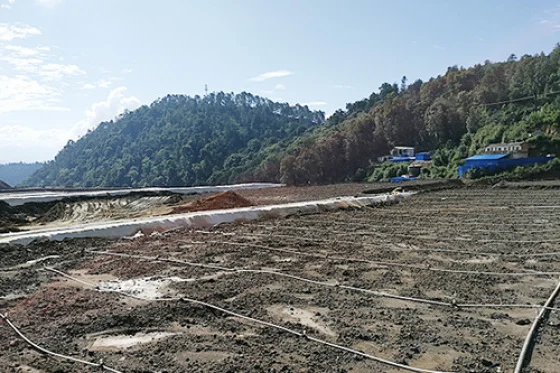


Online message consultation
Add comment: